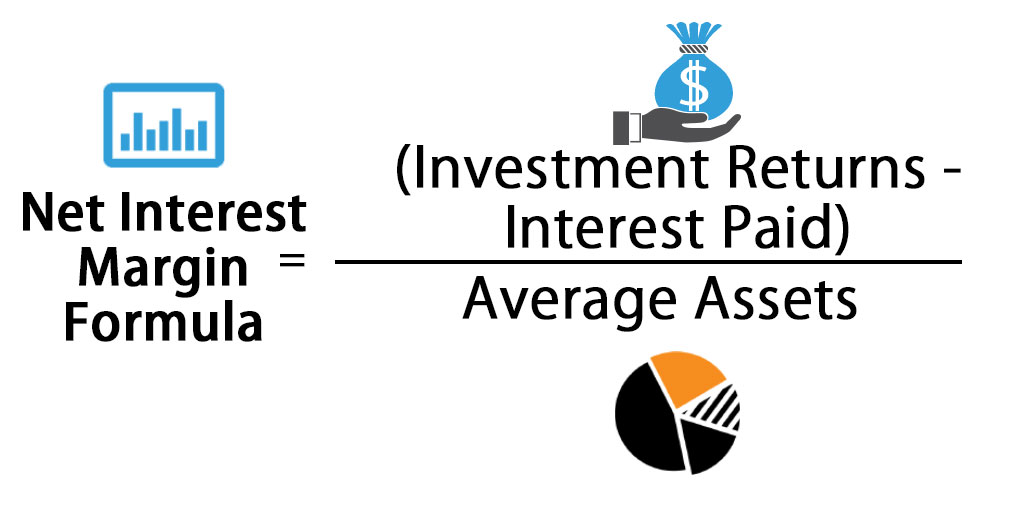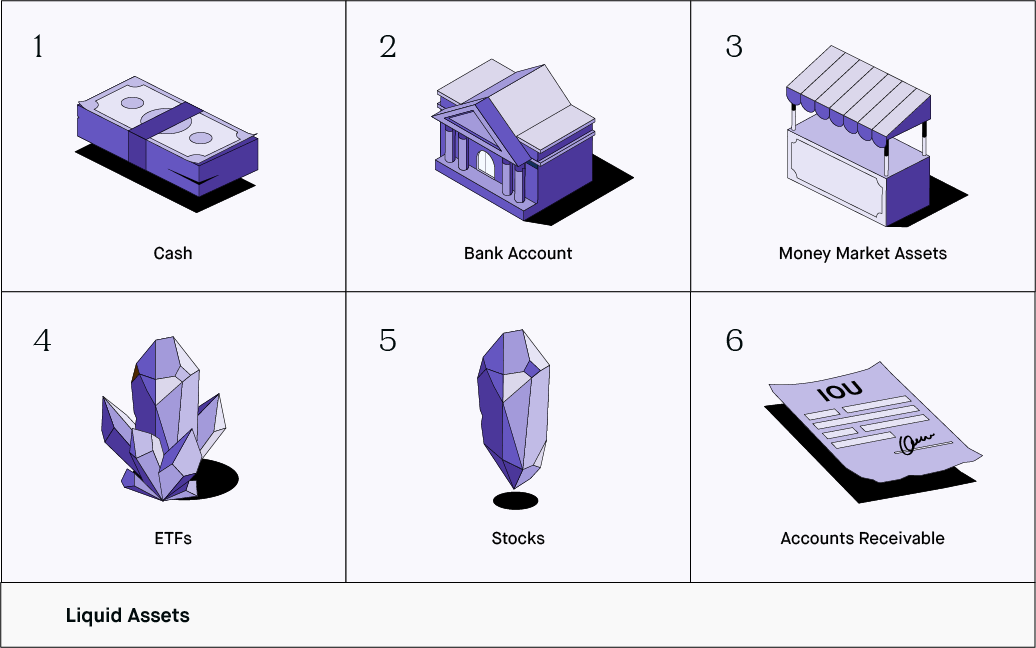

So, the higher the profitability index, the more benefit and value you will get from it. It works as a way for you to appraise a project to make a more informed decision. Considering that investors would usually prefer projects that provide a return in a short lifespan, the profitability index formula profitability index does not annualize net returns for the sake of like comparison. Thus, it makes it difficult to compare projects with different terms or lifespan. Initial investment is the cost of capital needed to initiate the project, recorded as the only outflow (-).
- It divides project capital cash inflows based on projected capital cash outflow.
- It clearly indicates whether the investment will add positive or negative value.
- The PI ratio uses discounting, the cash flows are discounted by an appropriate rate of return.
- But one drawback of the same is that, the technique disregards the project size.
Decisions like launching an advertisement campaign or a research and development program have serious implications on the firm because they involve huge money. Hence, a firm must decide on its investment only after properly evaluating it. Let’s understand NPV vs IRR vs PB vs PI vs ARR and will discuss the difference between them. The main difference between NPV and profitability index is that the PI is represented as a ratio, so it won’t indicate the cash flow size. A profitability index number might be 1.5, but you wouldn’t necessarily know the capital expenditure required.
Step 3. Profitability Index Calculation Analysis
It is useful as an appraisal method for ranking investment projects and quantifying the economic value created per unit of investment. It takes into consideration the time value of money and the risk of future cash flows through the cost of capital. The Profitability Index measures the ratio between the present value of future cash flows and the initial investment. The index is a useful tool for ranking investment projects and showing the value created per unit of investment. The PI is calculated by dividing the present value of future expected cash flows by the initial investment amount in the project.
Other names for profitability ratio are Profit Investment Ratio and Value Investment Ratio . It represents the overall effectiveness of an organization over a specific time period. It is often used in capital budgeting to determine if the initial investment is worthy or not.
My academic and professional aspects have led me to revere Microsoft Excel. So, I am here to create a community that respects and loves Microsoft Excel. The community will be fun, helpful, and respectful and will nurture individuals into great excel enthusiasts. The ranking can help project financiers to decide which project to implement and which to discard. If the PI is more than 1 the project should be accepted, if the PI is less than 1 the project shouldn’t be accepted as it will give a negative return. Companies and organizations frequently need to uptake new projects for different purposes like new product lines, infrastructural development, etc.
Inflation and Capital Budgeting Analysis
Obviously, an investor wants the present value of future cash flows to be higher than their initial investment. Keep in mind that if the profitability index is less than 1, this does not necessarily mean that the cash flows will add up to less than the initial outflow. It may only mean that the rate of return is less than the discount rate used when calculating the present value of the cash flows. When the future cash flows of five years from the poultry sales are discounted at a rate of 10%, the total sum of the present value is $800,000. Profitability index is the ratio of present value of a project’s expected future cash flow and initial investment needed to undertake the project.

In case of mutually exclusive projects, this index might not indicate the correct decision. Also known as the Value Investment Ratio or Profit Investment Ratio, the Profitability Index represents the relationship between the costs and the benefits of a proposed project. For example, project A made $200,000 in net profits and has $20,000 invested in the original investment.
If the ratio is greater than 1, then according to the PI method, the company should accept the project since it is providing returns that are greater than the minimum return you expect . The profitability index offers a way to measure the balance between an initial investment and its present value of future cash flows. It’s a simple ratio that indicates whether or not an investment project is likely to be profitable by showing the value created per investment unit. A general rule of thumb is that a PI greater than one indicates the project should go forward, while a PI below one indicates it will not be worth the investment. This Profitability Index template will help visualize the present value of future cash flows, which will then be used to calculate the PI of the project. The PI measures the ratio between the present value of future cash flows to the initial investment.
The PI is especially useful when a company has limited resources and can’t pursue all potential projects, as it can be used to prioritize which projects to pursue first. The index can be used alongside other metrics to determine which is the best investment. Calculate NPV In ExcelThe NPV of an investment is calculated as the difference between the present cash inflow and cash outflow.
Because unlike PI, NPV does not consider the initial investment tied up in a project. The NPV @ 14% in last column of the above table has been obtained by subtracting the initial investment at C0 date from the present value @ 14% discount rate. The numerator is the present value of cash flow that occurs after the initial funds have been invested into the project. The denominator consists of the total funds the firm initially needs to undertake the opportunity. The PI of two projects can be similar even if the initial investment and the return are completely different. So, in that case, the best method to judge whether to invest in a project or not is the Net Present Value Method .
When using the profitability index exclusively, calculations greater than 1.0 are ranked based on the highest calculation. Initial Investment – It is the initial capital outlay for the project. This is the outlay at only the beginning, and other outlays at different points of the project are not considered as an initial investment. List Of Financial RatiosFinancial ratios are indications of a company’s financial performance. Had the NPV been negative, we would have rejected the proposal since it would have meant that the investment is providing returns lesser than 8% per annum. Save taxes with ClearTax by investing in tax saving mutual funds online.
Examples of Profitability Index Formula (With Excel Template)
The formula for calculating the profitability index is as follows. However, since both PIs are less than 1.0, the company may end up forgoing either project in favor of a better opportunity elsewhere. Gordon Scott has been an active investor and technical analyst or 20+ years. The PI index can indicate whether the supposed project to be undertaken can create or destroy value for the company.
How to Calculate Profitability Index (Step-by-Step)
Well, it just means that for every £1 pound you invest in Project A, you earn 50p. This shows you how much money you make for every one dollar or one pound you invest. And if you still are, well it’s almost certainly not as straightforward a decision/choice as you thought it was before. The problem is that this doesn’t factor in the magnitude of the investment requirement. Consider that we tell you there are two projects, which we’ll conveniently call Project A and Project B. Now, we define the amount of money we earn as either the or the .
If this happens, it shows that the project will most likely break even. You will then have to make a decision on what’s going to be best for your business moving forward. The result can be a higher return on investment and an increase in potential profitability. The payback period calculator evaluates how much time you need to recover the initial investment from a business project. If you want to learn how to calculate your project’s profitability index or learn how discounting works, keep reading!
This differs from the concept of accepting the project with the highest Net Present Value. The basis of comparing projects with only the Net Present Value does not take into account what is the initial investment. Profitability Index compares the Net Present Value reached with the initial investment and shows the most accurate representation of usage of company assets. It considers both the time value of money and the risk of future cash flows through the cost of capital.
Calculations that equal 1.0 bring about situations of indifference where any gains or losses from a project are minimal. Profitability index is a modification of the net present value method of assessing an investment’s potential profitability. PI ratio compares the present value of future cash flows from an investment against the cost of making that investment. The profitability Index is a measure used by firms to determine a relationship between costs and benefits for doing a proposed project. Projects with a Profitability Index greater than one should be chosen to be done by the company since they generate value for the company.
The initial investment is negative because the first cash flow is going out. But we know that the project with a lower upfront amount is a far better investment. Thus, we need their PI values, which reflect this vital information such that the lower upfront investment has a PI of 2.00 while the higher upfront investment has a PI of 1.01. The profitability index calculator is a great tool to help you analyze your options. Profitability index is a measure investors and firms use to determine the relationship between costs and benefits before embarking on a proposed project or investment.
Where represents the specific annual expected cash flow for each project; reflects the discount rate , in this case, 8.5%. And represents the time frame for each project, in this case, 5 years. The profitability index is a technique used to measure a proposed project’s costs and benefits by dividing the projected capital inflow by the investment. For example, a project that costs $1 million and has a present value of future cash flows of $1.2 million has a PI of 1.2. More specifically, the PI ratio compares the present value of future cash flows received from a project to the initial cash outflow to fund the project.
The rule is that a profitability index or ratio greater than 1 indicates that the project should proceed. A profitability index or ratio below 1 indicates that the project should be abandoned. In corporate finance, the primary use case for the PI ratio is for ranking projects and capital investments. In mutually exclusive projects where the initial investments are different, it may not indicate the correct decision.